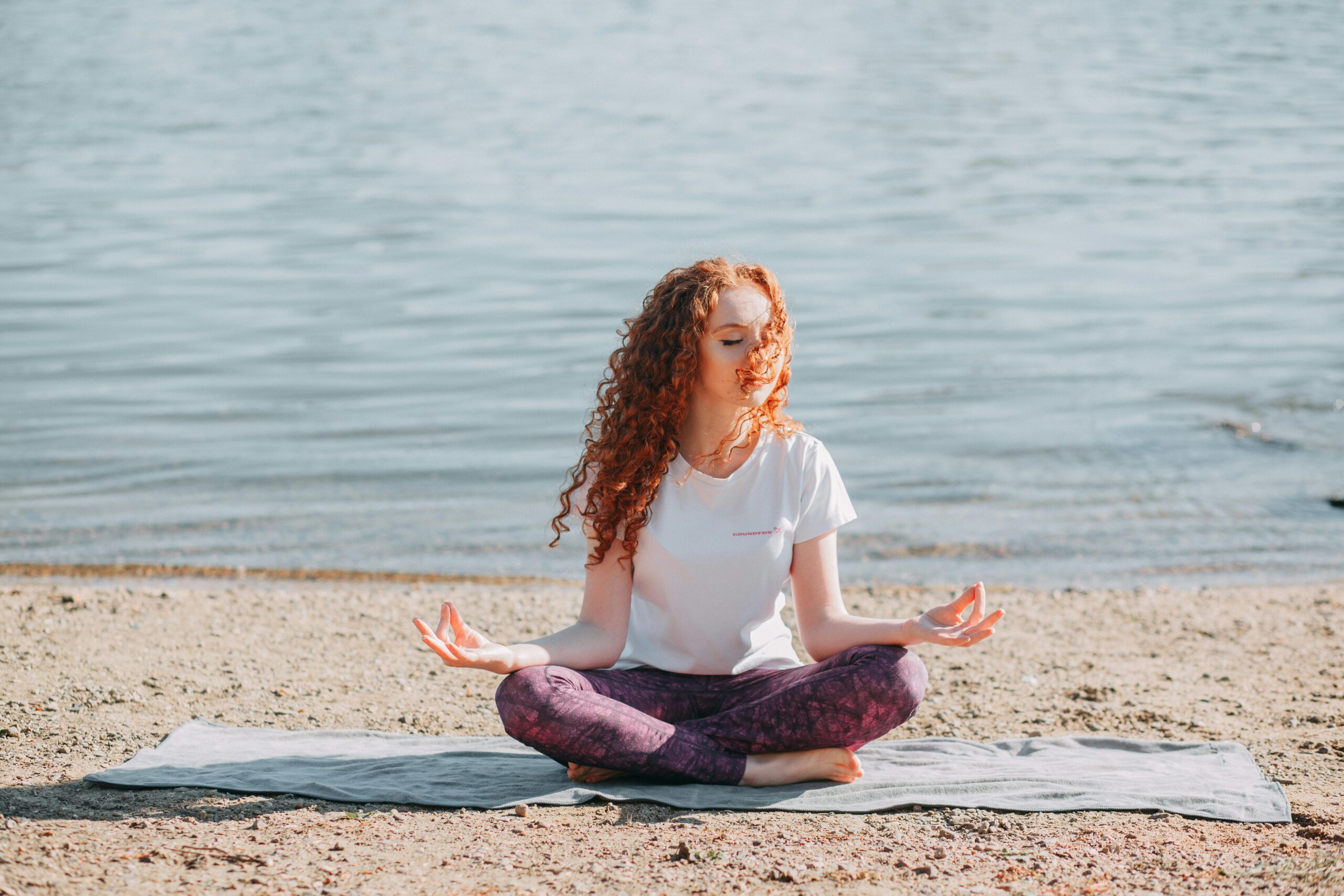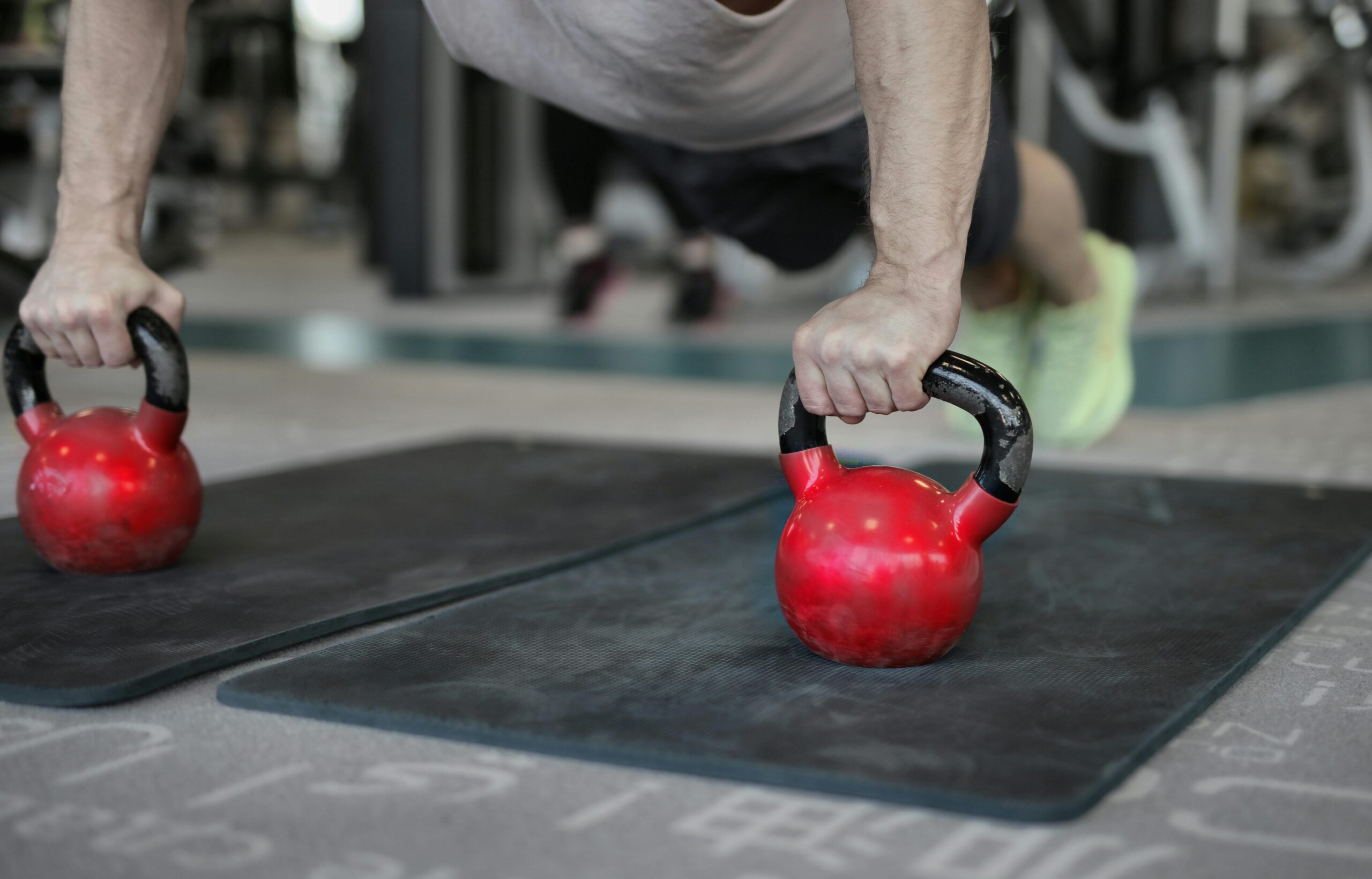Yoga is more than just a form of exercise — it’s a holistic practice that nurtures the body, calms the mind, and uplifts the spirit. Originating in ancient India over 5,000 years ago, yoga has gained global popularity for its proven health benefits.
In this article, we’ll explore:
- What yoga is
- Types of yoga
- Physical benefits
- Mental and emotional benefits
- Scientific research on yoga
- How to get started (even as a beginner)
🙏 What Is Yoga?
Yoga is a mind-body practice that combines:
- Physical postures (asanas)
- Breathing techniques (pranayama)
- Meditation and mindfulness
The goal of yoga is to achieve balance, flexibility, strength, and inner peace.
Unlike intense workouts that push the body, yoga works with your body, promoting awareness, alignment, and control.
🧘 Types of Yoga
There are many forms of yoga, catering to different needs and skill levels:
| Type | Description |
|---|---|
| Hatha | Basic postures and breathing; great for beginners |
| Vinyasa | Flowing sequences synchronized with breath; builds endurance |
| Ashtanga | Fast-paced, physically demanding sequence |
| Iyengar | Focuses on alignment using props (blocks, straps); precise and therapeutic |
| Bikram (Hot Yoga) | Practiced in heated rooms; follows a fixed 26-pose sequence |
| Yin | Slow-paced, deep stretches held for longer durations |
| Kundalini | Focuses on breath, mantra, and meditation to awaken inner energy |
| Restorative | Gentle poses for deep relaxation and recovery |
🏋️ Physical Benefits of Yoga
1. Improves Flexibility
Yoga stretches your muscles gently, increasing range of motion and reducing stiffness over time.
2. Builds Strength
Many poses require supporting your own body weight, helping tone and strengthen muscles.
3. Enhances Posture
Yoga aligns the spine and improves core strength, reducing back and neck pain caused by slouching.
4. Boosts Balance and Coordination
Standing poses and transitions train stability, essential for aging adults and athletes alike.
5. Supports Heart Health
Yoga lowers blood pressure, improves circulation, and reduces heart rate variability — all good for your heart.
6. Reduces Pain
Studies show yoga helps alleviate chronic pain, especially in the lower back, knees, and joints.
7. Boosts Energy and Immunity
Gentle movement and controlled breathing stimulate lymph flow and increase oxygen delivery.
🧠 Mental and Emotional Benefits of Yoga
Yoga is a powerful tool for emotional resilience and mental clarity.
1. Reduces Stress
Yoga reduces levels of cortisol, the stress hormone, leaving you calmer and more focused.
2. Fights Anxiety and Depression
Mindful movement combined with breath work can reduce symptoms of anxiety and elevate mood.
3. Improves Sleep
Relaxing poses and deep breathing promote better sleep quality and combat insomnia.
4. Enhances Focus and Memory
Yoga stimulates the prefrontal cortex, improving concentration and mental sharpness.
5. Promotes Emotional Balance
Yoga encourages mindfulness, helping you respond to situations with calm, not reactivity.
🔬 What Science Says About Yoga
Numerous studies confirm yoga’s wide-ranging benefits:
- Harvard Medical School: Yoga improves cardiovascular health and reduces symptoms of depression.
- Journal of Clinical Psychology: Yoga is effective in reducing anxiety and stress in both healthy individuals and those with diagnosed mental disorders.
- NIH (National Institutes of Health): Yoga improves quality of life, sleep, and physical functioning in people with chronic illnesses like arthritis and cancer.
🧘♂️ How to Get Started with Yoga
You don’t need to be flexible or experienced to begin yoga. Here’s how to ease into it:
✅ Tips for Beginners:
- Start with beginner-friendly videos or classes (e.g., Hatha or Restorative yoga).
- Use a yoga mat, and optional props like a block or strap.
- Wear comfortable clothing that allows freedom of movement.
- Practice on an empty stomach (wait 2–3 hours after a meal).
- Don’t push yourself too hard — listen to your body.
- Be consistent — even 10–15 minutes daily can yield benefits.
🔁 Yoga vs. Other Forms of Exercise
| Yoga | Traditional Exercise |
|---|---|
| Builds flexibility & mindfulness | Focuses on strength or cardio |
| Low impact on joints | May stress joints (e.g., running, lifting) |
| Includes breath control | Often ignores breath |
| Calms the nervous system | May stimulate adrenaline and tension |
| Ideal for all ages & conditions | Some workouts not suitable for elderly |
💖 Yoga for Specific Conditions
Yoga has therapeutic value for various conditions:
| Condition | Yoga’s Role |
|---|---|
| Back Pain | Strengthens core and stretches tight muscles |
| Arthritis | Gentle movement improves mobility without strain |
| High Blood Pressure | Relaxation lowers heart rate and pressure |
| Diabetes | Aids in glucose control and reduces stress-related complications |
| Menstrual Disorders | Eases cramps and balances hormones |
| Anxiety Disorders | Breath and movement calm the nervous system |
🧘♀️ Daily 10-Minute Beginner Yoga Routine
Here’s a simple sequence to try at home:
- Easy Pose with Deep Breathing (1 min)
- Cat-Cow Stretch (2 min)
- Child’s Pose (1 min)
- Downward-Facing Dog (1 min)
- Low Lunge (each side – 2 min total)
- Seated Forward Fold (1 min)
- Corpse Pose (Savasana) with mindfulness (2 min)
Repeat daily to feel more calm, energized, and centered.
🌟 Final Thoughts
Yoga is a gentle yet powerful way to improve your physical, mental, and spiritual health. Whether you’re looking to increase flexibility, reduce stress, or simply find a moment of peace in your day — yoga offers something for everyone.
No matter your age, body type, or fitness level, yoga welcomes you just as you are. All you need is your breath, a little space, and the willingness to begin.
🧘♀️ “Yoga is the journey of the self, through the self, to the self.” – The Bhagavad Gita



